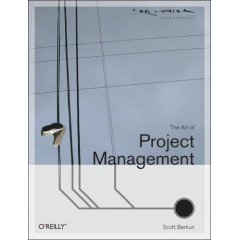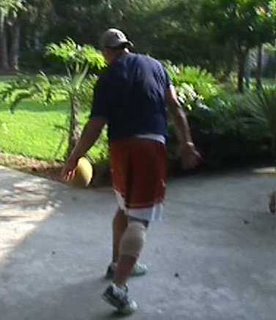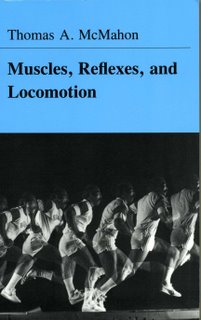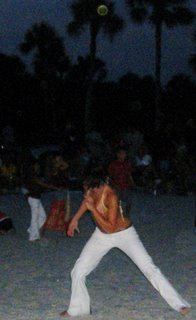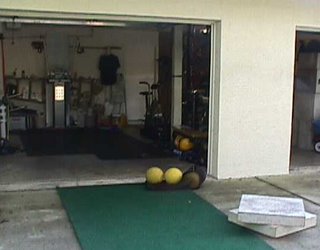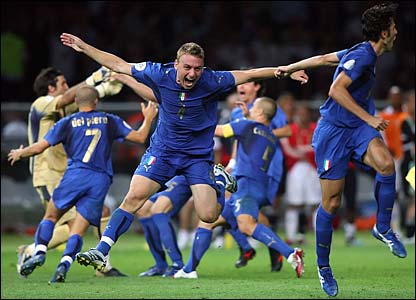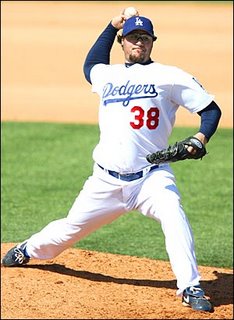Scot Dew, who is a soccer coach who wrote to me to ask what to do about groin injuries. First of all do not allow the players to strike a ball, until they have done a thorough warm-up. This is one of my pet peeves with soccer. They kick to warm-up rather than warm-up to kick. I believe that doing the mini band series daily is important to prevent groin injuries and to warm-up. In fact it is the first thing we do in warm-up. Mini Band Routine
(Band above ankles, keep tension on band at all times)
Sidestep x 20 each direction
(Big step with lead foot, small step with following foot)
Walk - Forward/Back x 20
( As big a step as possible)
Carioca x 20
(Cross in front, step apart, cross behind step apart)
Monster Walk- Forward/Back (wide & low) x 20
Multi-plane lunges in strength training are very important. We also include a  Lunge and Reach Series in warm-up daily (It probably is better to call it a step & reach series as the length of the lunge progresses as you get loser)
Lunge and Reach Series in warm-up daily (It probably is better to call it a step & reach series as the length of the lunge progresses as you get loser)


Hurdle Walks, both over and under are very effective prev
ention exercises. Also include the following:
Crawls
(Use in warm-up and follow it with hurdle walkovers)
Jack Knife Crawl x 5
(Walk feet to hands and then walk hands away from feet)
Creepy Crawl x 5
(Spiderman, low and long, keep the head down)
Tubing Leg Strength (Attach tubing low)
(10 reps of each exercise with each leg if before a workout. If after running do 20 reps of each leg)
Pawing
(Essentially like a “B” Drill – Standing, face the attachment, step over the knee, emphasize out, down and pawing back)
Hip Extension
(Standing, face the attachment extend the leg back while keep the leg straight)
Adduction
(Cross the Midline – Standing, side to the attachment, keep the exercising leg in the air)
Abduction
(Standing, side to the attachment, start with legs crossed and take the leg out– keep the exercising leg in the air)

